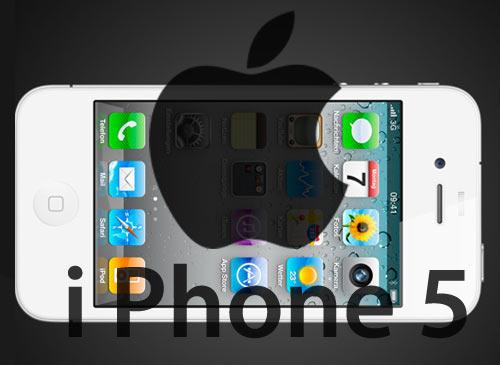It’s close to 2 years since Apple first introduced the Retina Display and as the smartphone market heats up, talks of Apple releasing an iPhone with a larger screen goes up. Even before the latest gen iPhone 4S was released, we are hearing rumors of a 4″ iPhone with edge-to-edge display. So has Apple decided to increase the screen size of the iPhone after 5 successful years?
It can’t be denied that the smartphone industry has evolved since 2007. Apple pushed the success mantra of full touchscreen devices and it is now the most popular choice in the industry. However, while Apple remained loyal to the 3.5″ screen and changed the screen resolution only once in 2010, others have a variety of screen sizes on their smartphones, ranging from 2.8″ to 5.3″.
Many consumers I know love the larger screen for videos and web browsing. And while one may doubt that Apple would simply go behind the competition and release a larger screen, it seems that even the consumers support a larger screen. So what would it be for Apple iPhone, a 4″ display? 4.3 or 4.7? No matter what choice Apple makes, getting a larger display on the iPhone is tricky.
When Apple introduced the iPhone 4 in 2010, a couple of key changes were the increased resolution of the display, which was branded as the Retina Display. At 326 ppi, the iPhone 4 display goes beyond the level where the naked human eye can differentiate between pixels on the screen. Thus giving a unique experience.
Since then, Apple has also got a retina display on the new iPad (3rd gen). The other key issue is the factor by which the resolution increases on iOS devices, it is always 4 times the no of existing pixels. Quadrupling the pixels allows old apps to work smoothly on the new device and that is a key factor for Apple whenever they release a new iPhone or iPad. The iPhone moved from 480X320 to 960×640 and the iPad moved from 1024×768 to 2048×1536.
Now that you know about the Retina Display, lets see what Apple can do with the iPhone 6 (6th gen).
Apple can either increase the display size to 4″, 4.3″ or 4.7″. In each of these cases the ‘Retina Display’ threshold won’t be reached if Apple maintains the 960×640 resolution. A 4″ display at that resolution is 288 ppi, 4.3″ is 268 ppi while a 4.7″ is a 245 ppi. Now if Apple increases the display resolution to keep the Retina Display tag, going by the way iOS scales, the resolution would need to be bumped form 960×640 to 1920×1280. That’s a HUGE jump.
For a 4″ display to get a resolution of 1920×1280, the PPI would go up to over 575. Even with 4.7″ it remains close to 500 PPI. Sourcing such high resolution displays in quantities exceeding tens of millions every quarter is difficult in 2012. Unless Apple’s investment in display facilities and research has produced some breakthrough results, Apple can’t increase the iPhone display size. Of course one may argue that Apple may consider dropping the Retina tag from the iPhone or increase the display resolution marginally, but knowing Apple, that isn’t happening for sure.
The Author is an iPhone user since 2007. He is also a contributing editor at iPhoneHelp.





72132 954461I discovered your weblog web site on google and check several of your early posts. Continue to maintain up the really excellent operate. I just additional up your RSS feed to my MSN News Reader. Seeking forward to reading a lot more from you later on!
941253 496354Its like you read my mind! You appear to know a good deal about this, like you wrote the book in it or something. I feel which you could do with some pics to drive the message home a bit, but other than that, this really is amazing weblog. A terrific read. I
405437 836399Constructive criticism is typically looked upon as becoming politically incorrect. 156761
175324 442517You
184606 231939hey I was very impressed with the setup you used with this blog. I use blogs my self so good job. definatly adding to bookmarks. 827681
What’s up, this weekend is pleasant for me, since this moment i am reading this fantastic educational piece of writing here at my residence.
hey admin, nice post regarding new iPhone technology. Thanks for sharing this informative post.